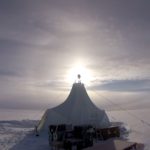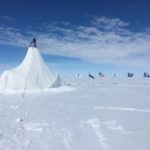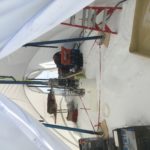Company:
FabriCon LLC Missoula, MT
Project Details
Fabric 1
WeatherMax 80
Producer:
Safety Components Fabric Technologies Inc.
Supplier:
Safety Components Fabric Technologies Inc.
Engineer Name 1
David Bowick
Engineer Company 1
Blackwell
Design Name
Mark Welander
Design Company
Fabricon
Architect Company
Fabricon
Fabrication Name
Fabricon
Fabrication Company
Fabricon
Project Manager Name
Mark Welander
Project Manager Company
Fabricon
Installation Name
Tanner Kuhl
Installation Company
University of Wisconsin
Please describe the project specifications
The University of Wisconsin, Space and Science Engineering Center, deploys research teams to the Casey Station on the east coast of Antarctica from September until March taking ice core samples to assist in the study of atmospheric changes. An Ice Core Drill supported from a tripod frame is used to operate and support the drill. Sites are remote and weather can be severe. Because of the weather encountered the team was seeking a way to create shelter so work could continue when weather made it difficult. Snowmobiles towing small sleds are used to reach sites already overloaded with driver, equipment and supplies.
What was the purpose of this project? What did the client request?
The client wanted to enclose the drill rig for protection and maintain the ability to continue work when field researchers encountered severe weather.
The tent needed to be large enough to contain a 2-3 person crew and all of their equipment. Primary goals were the structure be light, simple, quickly deployable, handle 60 knot winds and heavy snow loads encountered.
What is unique or complex about the project?
Besides the conditions the tent would be subject to and the requirements of creating a light but robust structure the tent was designed around the drill’s 20’ tall tripod as the main mast. A split bale ring was used to support and tension the fabric from the top of the membrane. The fabric suspends to 2 opposing symmetrical arches supported by 2 smaller door arches forming a conical hypar with wings. Guy ropes attach to points on the membrane and bale ring pin down to the ice and snow is piled onto a large exterior skirt providing additional ballast.
What were the results of the project?
The tent worked well and achieved the desired results best expressed by Tanner Kuhl, the team leader for the project:
“Just returned to email access at the Australian’s Casey Station on the east coast of Antarctica. Had a very successful season ice coring at Law Dome. All project objectives were accomplished, despite high winds and heavy snowfall. The new tent performed very well overall. It would have been impossible to get the work done without it. It was extremely comfortable to work in and handled the 60+ knot winds without an issue, except for a bit of drift getting in under the skirt at times.”
Content is submitted by the participant. IFAI is not responsible for the content descriptions of the IAA award winners.
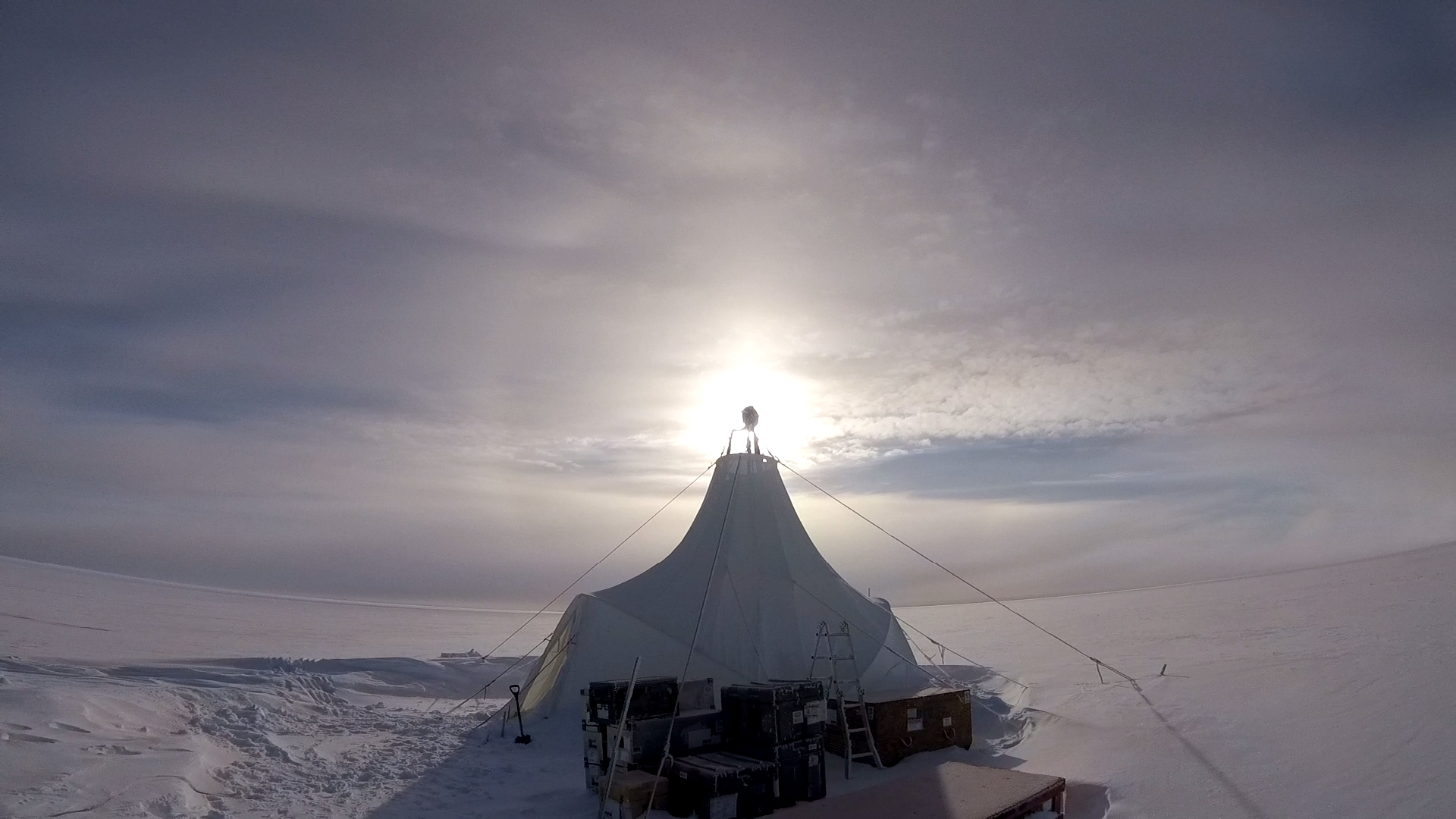
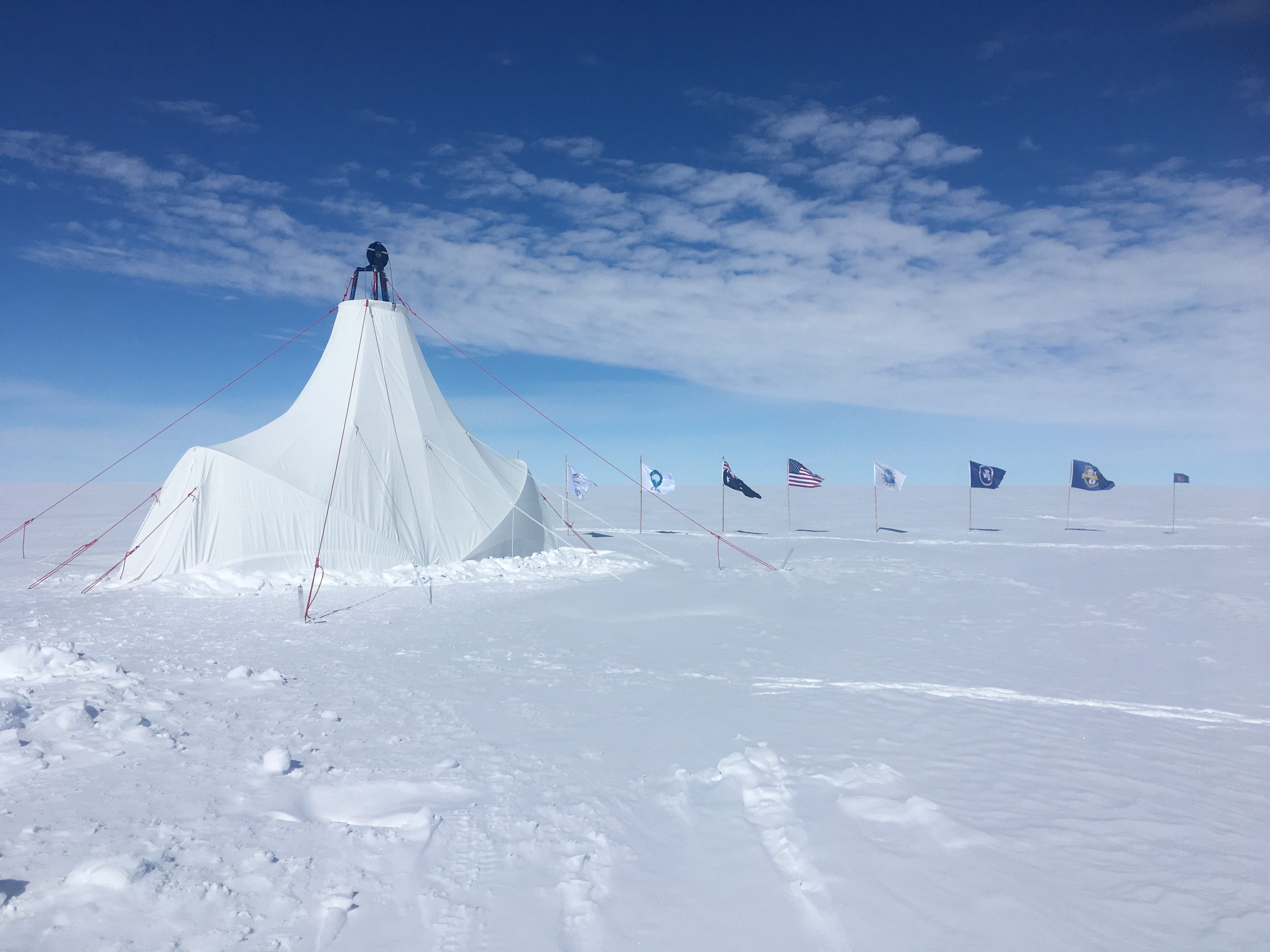
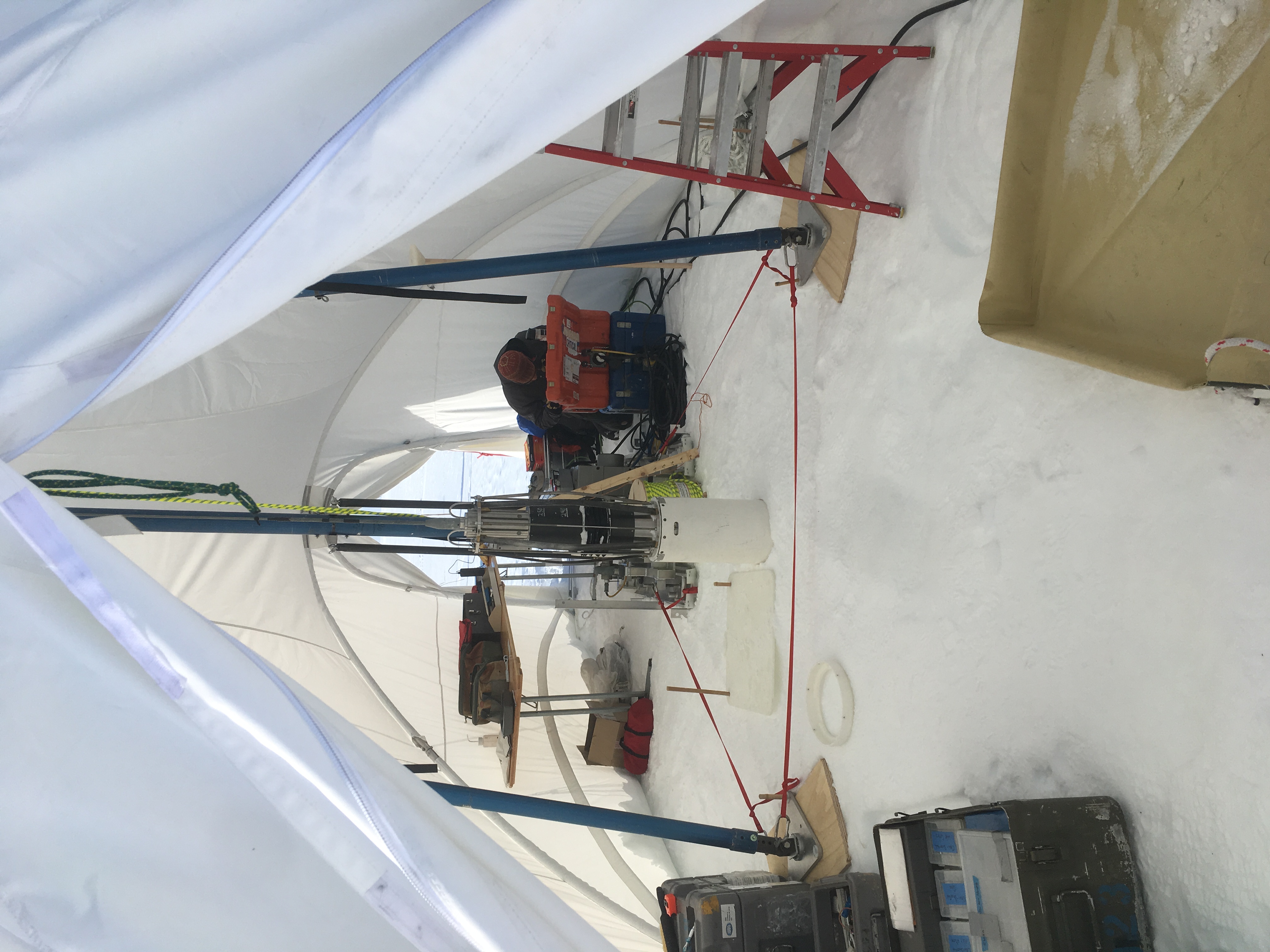
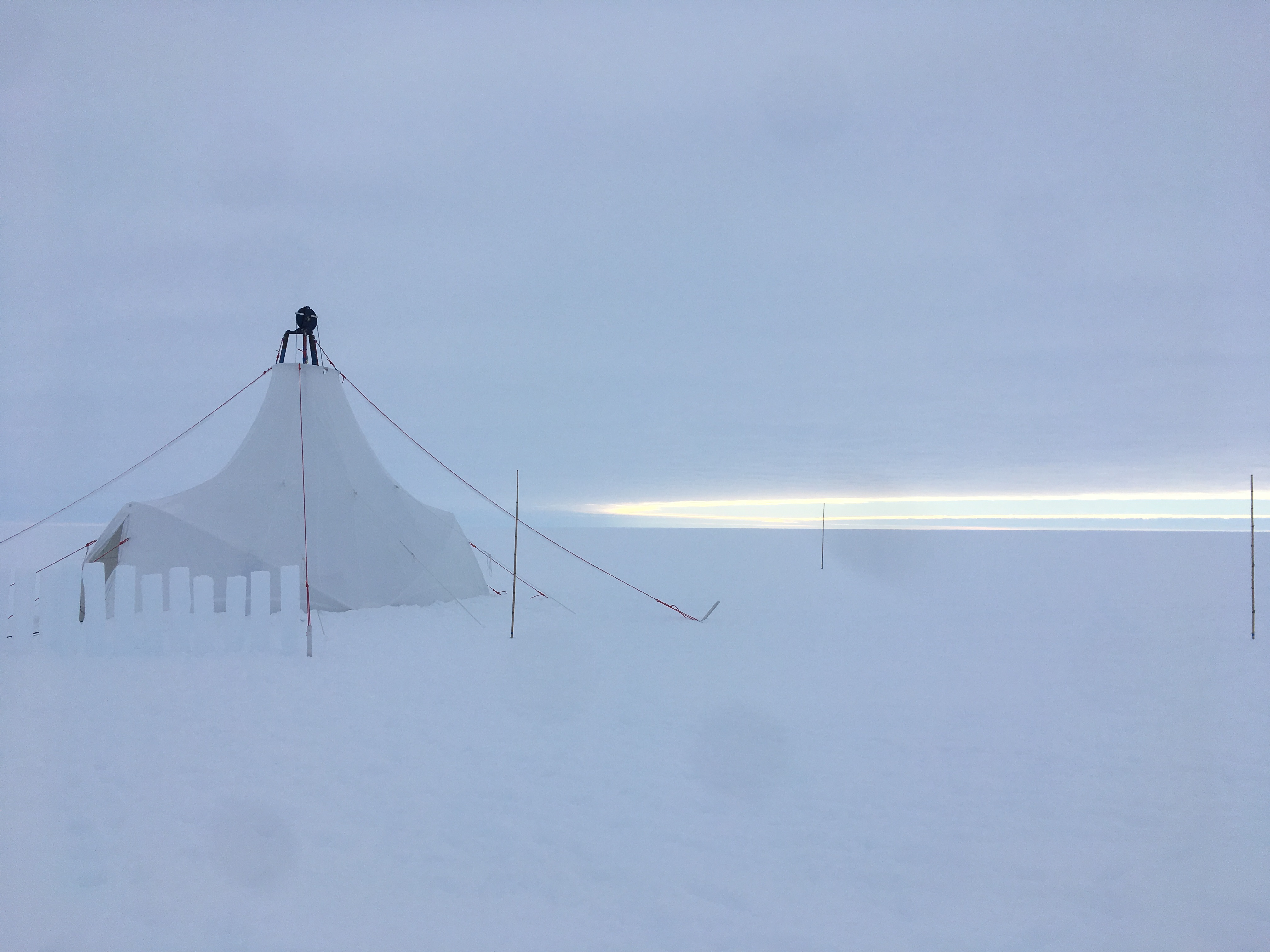
 TEXTILES.ORG
TEXTILES.ORG



